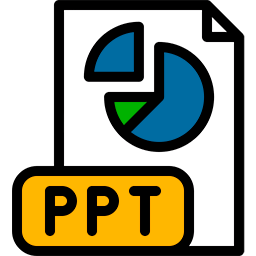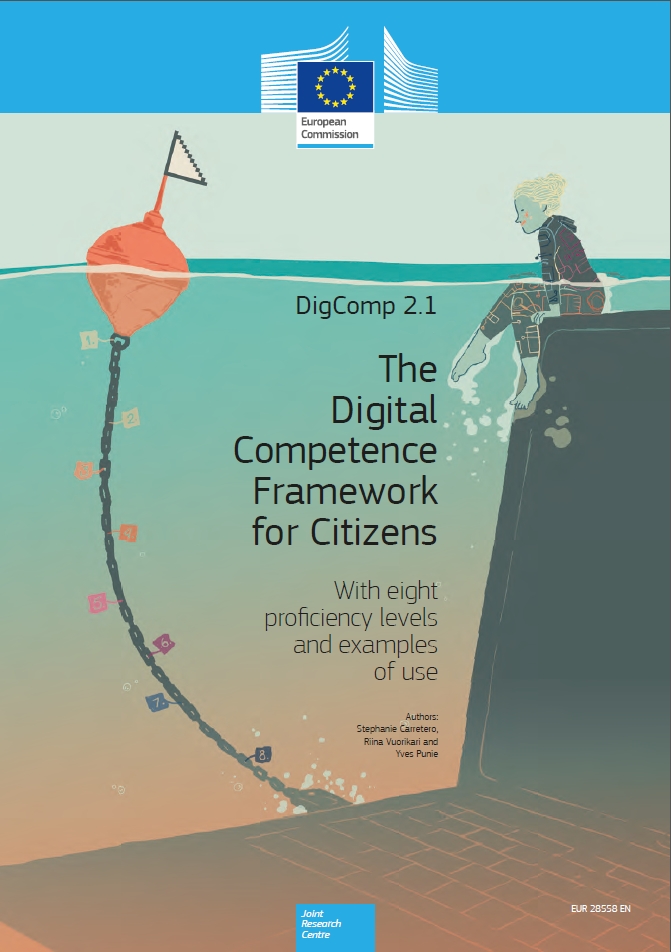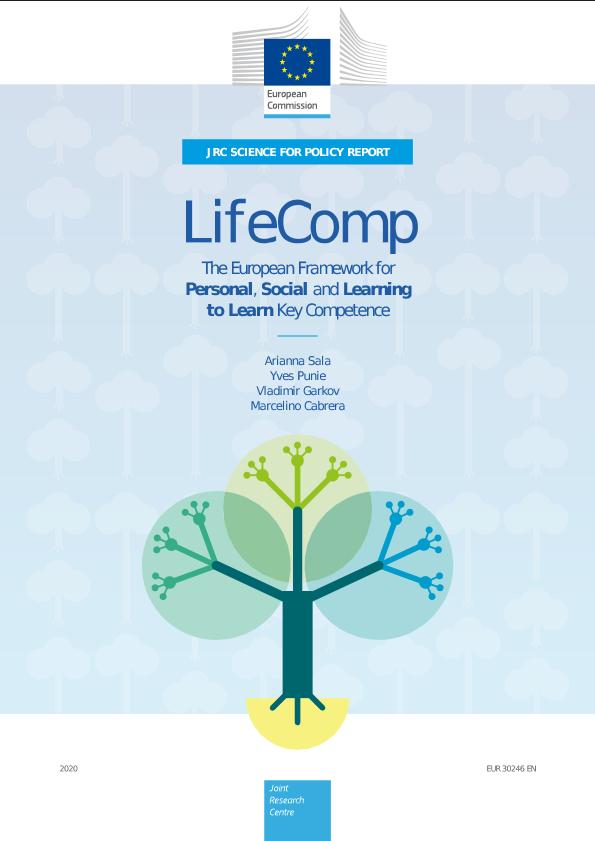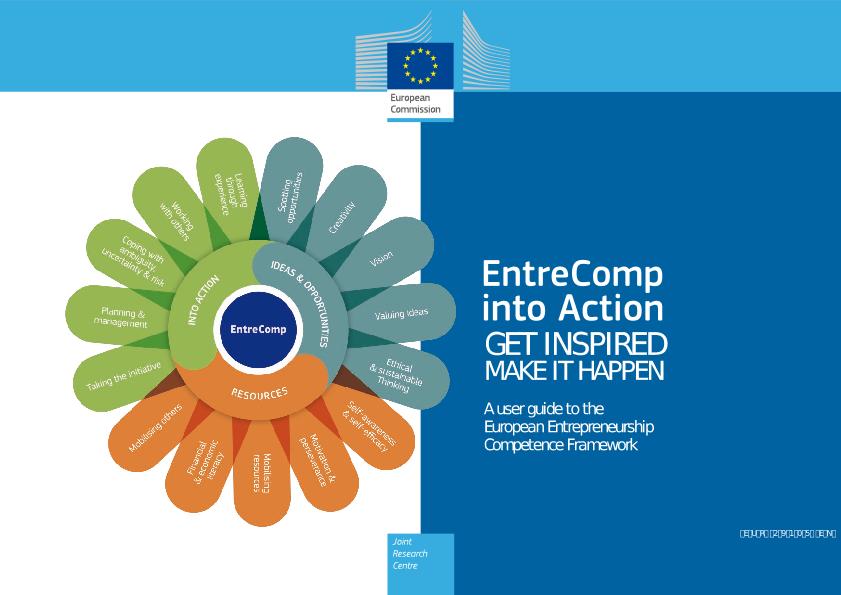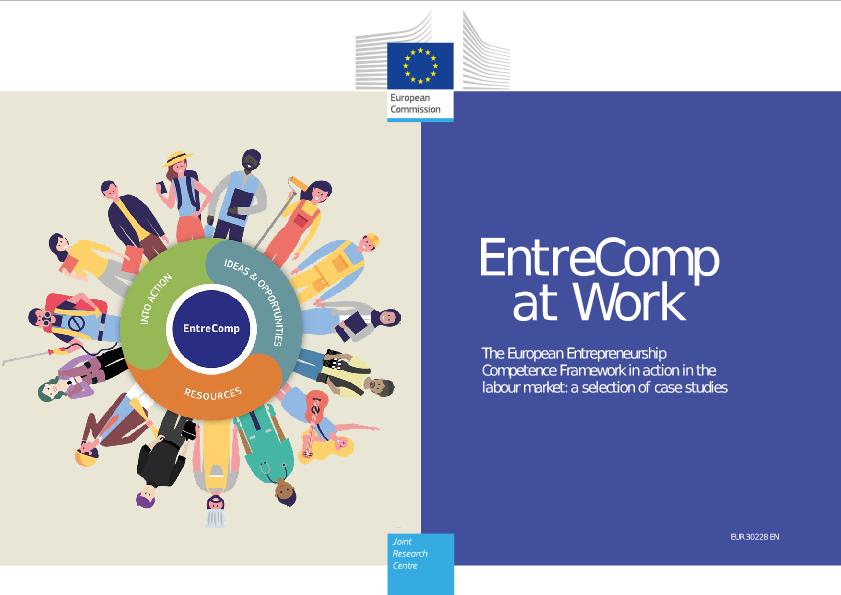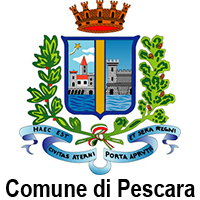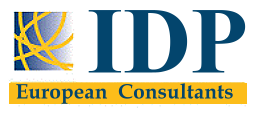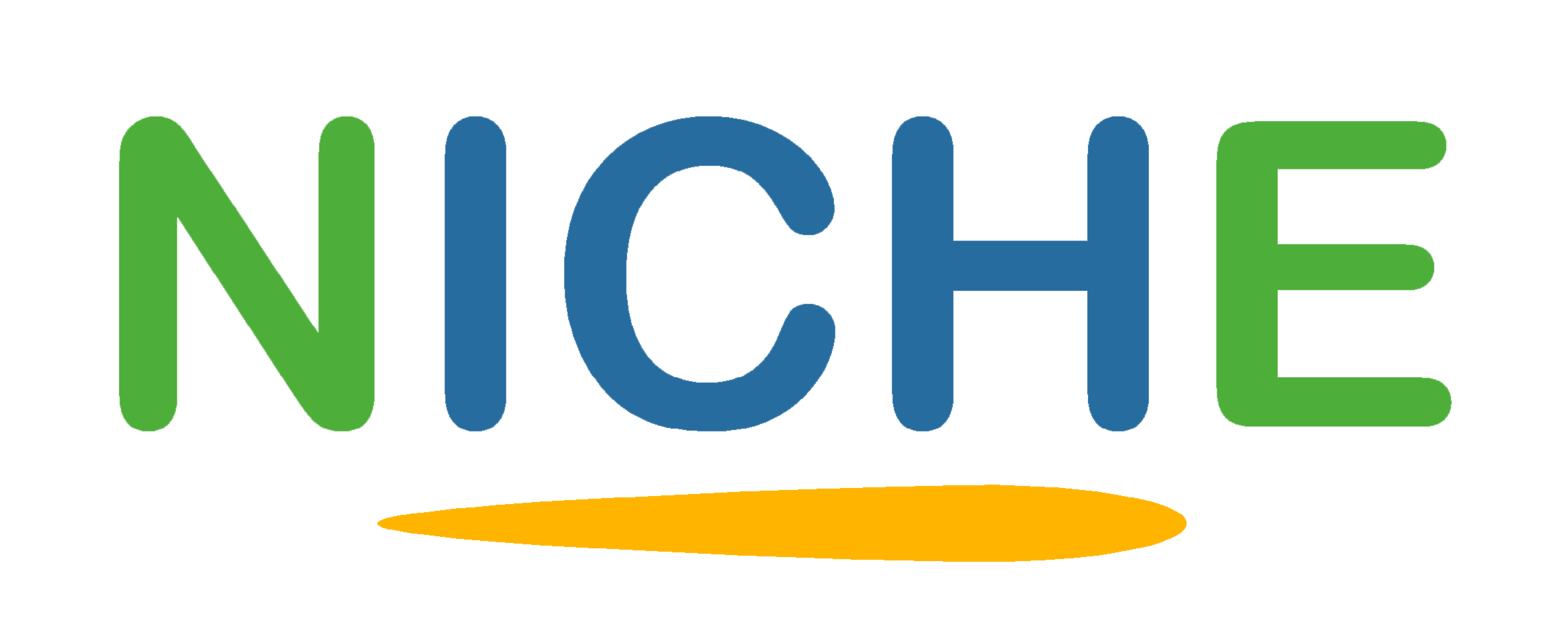
VIDEOS
| ||||||||||||||||||||||||||||||||||||||||||||||||||||||||||||||||||||||||||||||||||||||
|
Goals GoalsClick to read
Policy background and introduction to EntreComp The Entrepreneurial Competence Framework: Entrepreneurship as a competenceClick to read
Back in 2016, the Joint Research Centre of the European Commission published the official European Framework for Entrepreneurial Competences. The framework has been developed in close collaboration with DG for Employment, Social Affairs and Inclusion, and as of today, it represents the largest effort at international level to propose a “commonly-shared” definition of Entrepreneurship as a competence. The fact that Entrepreneurship is framed as a “competence”, rather than as a “profession” has some very particular implication on the concrete application and valorization of the framework at EU level. The framework has designed in fact, can be of great use not only for start-uppers and aspiring entrepreneurs, but also for average citizens since the EntreComp tackles LLL (longlife learning) opportunities intended in a much broader sense, starting from sense of initiative, self-reliability, ethical thinking, and much more. In that sense, the EntreComp widens its impact’s radius way beyond business, economics, and entrepreneurship, generating concrete social outcomes even from the side of active citizenship, inclusion, and employability. The policy background of the EntreCompClick to read
The first EntreComp seed dates way back before 2016. At the end of 2006, the Official Journal of the European Union published a key recommendation from the European Parliament and Council of Europe intended for all Member States, with specific focus on the provision of key competences for all as part of their lifelong learning strategies. National strategies should align to a “Key Competences for Lifelong Learning Framework” as initially described by the policy paper itself.
Key Competences for Lifelong Learning Framework The Key Competences for Lifelong Learning Framework tackled essentially four main areas of interest:1. Identification and valorisation of competences/skills for people’s empowerment (i.e., employability, social inclusion, active citizenship) in knoweledge driven economies and societies.2. Sustain Member States in assuring the effectiveness and impact of national education curricula while facilitating the transtion of young people into the labour market, and fosterning further training opportunities for seniors and adults for re-qualification, upskilling, professional development, and social inclusion.3. Provide a European level reference model for national stakeholders, professionals in the domain of education, and final targets to spread a common ground of reference that is recognizable regardless the geographical context of application.4. Work towards the 2010’s Education and Training Programmes and provide a framework for further correlated actions.
Key Competences for Lifelong Learning Framework: Sense of Initiative and Entrepreneurship Based on the aforementioned objectives, Parliament and Council propose eight key competences to which the LLL framework applies to: 1. Communication in the mother tongue
2. Communication in foreign languages
3. Mathematical competence and basic competences in science and technology
4. Digital competence
5. Learning to learn
6. Social and civic competences
7. Sense of initiative and entrepreneurship
8. Cultural awareness and expression
Today’s EU Frameworks for education and trainingClick to read
Based on the third key area of interest of the LLL framework (i.e., provision of a European level reference model), as of today, we do have two other main frameworks for education, training and longlife learning: A follow-up to EntreCompClick to read
Unlike the DigComp (The Digital Competence Framework for Citizens) which is periodically reviewed by the European Commission’s JRC, after its publication the EntreComp has not undergone significant changes in terms of structure and content. However, we cannot fail to mention two interesting and relevant follow-up publications, respectively in 2018 and 2020:
The EntreComp into Action followed two years after the original release of the framework and it is intended as a sort of manual for stakeholders in the domain of education and training to apply the EntreComp in their operational context. It includes detailed guidelines on the framework and its opportunities from replicability and transfer into educational settings – school and secondary education, HE’s ecosystems, VET and Adults’ training – and embraces a very diverse cohort of targets. Moreover, EntreComp into Action lists a large series of initiatives implemented at EU and cross-national level that the European Commission selected as case studies for its application. Users can capitalize on others’ experience so as to seek for best practices and further inspiration material. EntreComp and Intangible Cultural HeritageClick to read
The EntreComp has many, one of which is certainly represented by the fact that the framework can be applied regardless of the target industry of social context. By redesigning entrepreneurship, the framework can potentially navigate across all domains of societies, including Intangible heritage and culture. Profiles operating in these sectors can rely on the EntreComp to self-assess and evaluate their professional competences so as to be more effective and efficient in their activities, tasks, and overall performance – in other words, to be more “entrepreneurial”. In this specific context, we will focus on planning and execution of business ideas and we will do that by looking at one specific angle of the EntreComp: IDEAS & OPPORTUNITIES Guide to EntreComp: structure & content A brief guide through the EntreComp frameworkClick to read
Recalling the seventh competence from the LLL framework recommended by EU Parliament and Council, the policy paper provides for a further breakdown of Sense of Initiative and Entrepreneurship.Comments indicates that the very core of this competence is about the ability to identify available opportunities for personal, professional and/or business activities, including ‘bigger picture’ issues that provide the context in which people live and work.Ten years later, this ability happens to be reconducted to 15 key competences distributed across three key areas of training:More in details, the previous “Sense of Initiative and Entrepreneurship” is now represented by:→ 3 Training areas…→ …each of which including five competences…→ for a total of 60 threads among all competences (what that competence stand for in practice)→ which can be assessed based on a 8-dimension proficiency level…→ …resulting in 442 learning outcomes
EntreComp’s training areas and competences associated to them
The 8-dimension proficiency model: Click to read
Ideas and opportunitiesClick to read
ResourcesClick to read
Into actionClick to read
The IDEA & OPPORTUNITIES’ pillar: detailed breakdown The IDEAS & OPPORTUNITIES’ pillar: a detailed overviewClick to read
In the context of the last unit of this module, we will focus on the first training area of the EntreComp framework. We will go through each competence and each competence’s thread so as to help targets in embracing a new sense of initiative that starts with the critical thinking of new creative opportunities for ICH. For further insights on other competences’ threads, users are recommended to look into the Part D of EntreComp Into Action (page 178). Spotting OpportunitiesClick to read
Identify, create and seize opportunities Identifying and creating opportunities translates into developing a critical sense on the surrounding environment, while being able to apply different approaches to generate value for the organization. Opportunities are not only for profit, as in the sense of EntreComp opportunities are also conceived as social, cultural and economic landscape to which capitalize on to generate benefits and positive outcomes for the community of belonging. The methodology should be very analytical, practical and goal-oriented. However, people remains strongly encouraged to experiment with their creativity and lateral thinking so as to be better prepared in fostering innovation and development for the social and economic return of all interested parties.
Focus on challenges Sense of initiatives and entrepreneurial spirits might not necessarily match an opportunity on which to leverage on…on the other way, they might emerge in response to challenges (i.e., economic, social and cultural). In the case of opportunities, entrepreneurs find creative/innovative solutions that boost and foster even further the intrinsic potentials of the opportunity itself. In the case challenges, entrepreneurs find creative/innovative solutions that contain and prevents negative spill-out effects that might generate from the challenge itself if not properly and timely tackled. Eventually, entrepreneurs with a far-sighted vision a capable of turning challenges into opportunities so as to valorise even further the socio-economic and cultural ecosystem they operate in.
Undercover needs As per definition, “needs” are in-between opportunities and challenges, depending on their specific nature and scale. More usually, entrepreneurs treat needs ad opportunities as they have the unique ability to tackle that uncovered area of interest with new sophisticated, catchy, appealing and user-friendly solutions. The undercovering of needs requires for in-depth market/sector/industry analysis that are common of Marketing’s toolbox. In general, entrepreneurs seek on a daily basis for unmatched/unsatisfied needs that they can cover with their offer before (and better) of any other competitor in the market. The competitive advantage of many enterprise and large organization lies of the fact that they have been the “first mover” on a specific sector, while taking the risk to experiment with the unknown without being able to rely on others’ lessons and good practices applied to the same given context
Analyse the context Regardless of the origins and “roots” of the entrepreneurial initiative (opportunities, challenges, needs), creating value for the organization and people revolving around it is firstly and foremost a matter of embracing a culture that is open and very sensitive and responsive to internal weaknesses and external threats. Defining strengths and opportunities is relatively easy compared to the previous two, as the analysis of threats and weaknesses faces entrepreneurs against their fears and common biases, and which tempt to remains underestimated or completely overlooked. Skillful context’s analyses take full consideration of the meso-, micro-, and macro-level of the context, with great focus on details as well as the “big picture” emerging from their synergies and interrelations. CreativityClick to read
Be curious and open "The important thing is not to stop questioning. Curiosity has its own reason for existing. One cannot help but be in awe when one contemplates the mysteries of eternity, of life, of the marvellous structure of reality. It is enough if one tries to comprehend only a little of this mystery every day." Albert Einstein
Entrepreneurs will never be able to find to new ways to generate value from opportunities, challenges and needs if they are not willing to open themselves to the surrounding environment. Take some time to familiarise with the new “pop” trends people are passionate about, what drives the interest of your community of reference, more in general, what is happening out there…
Developing an idea Our species is about 200.000 years old. It is in our DNA to come up with alternative and innovative solutions to progress and develop as a living beings. From the discovery of the wheel to the conquest of space, we never stopped developing new ideas to widen the horizons of our opportunities. Entrepreneurship is about testing, piloting and validating new ideas to generate value so as to sustain the technological and social development of our societies. Eventually they will fail in the process, but rather than a threat, failure is the opportunity to get back valuable feedbacks and key lessons learned that build up skills, expertise, confidence. "I haven't failed two thousand times to make a light bulb; I simply found nineteen-ninety-nine ways of how a light bulb shouldn't be made."Thomas EdisonDefine problems It is said that by simply knowing the nature of the problem, you are already halfway close to its solution. Entrepreneurs cannot come up with innovative solutions to unknown problems, they need to be well aware of “what they are dealing with” before approaching suitable countermeasures. Any misunderstanding of the underling phenomenon might results in expensive waste of time and resources. Highly relevant is also the approach that entrepreneurs put in practice to address the “problem”. Problems and challenges come in the shape of 3D prism, each surface has its own proprieties, which cumulated together contribute to the complexity of the phenomenon. Systemic thinking is the antidote to any potential misjudgement which could lead entrepreneurs to drift from the most suitable and comprehensive solution.
Design value Lately, “design thinking” seems to be a very recurrent buzz word among academic and professionals. In its most streamlined definition, design thinking is about cognitive, technical and strategic processes/tasks that lead to the design/engineering of infrastructures, products and services. Design thinking can be applied to “ideas that generates values” as well. The reference model for design thinking to which many take inspiration is proposed by the Design Thinking Lab of Stanford University ( commonly referred to as d.school) Source: https://dschool.stanford.edu/
Be innovative In literature and in practice, it is very common to talk about four main kinds of innovation: 1. INCREMENTAL: the most common form of innovation that one can observe. It consists of already known technologies – applied to already known market – but updated with new features and characteristics.2. DISRUPTIVE: disruptive technologies are not as common ad incremental ones, but still very frequent. It consists of new technologies applied to already known markets.3. ARCHITECTURAL: architectural technologies are a bit more sophisticated compared to incremental and disruptive since the concept implies the application and exploitation of existing technologies to new markets so as to leverage on economies of scale, scope and experience4. RADICAL: innovation ad per definition. New technologies applied to new markets.VisionClick to read
Imagine As some said, imagination is more important then knowledge… There is a countless number of ways in which imagination applies to entrepreneurship and business management. Imagination embraces many of the competences and threads included in EntreComp. Taken individually, imagination can be interpreted as the ability to: • Create future scenarios that are desirable for both the organisation and surrounding communities
• Define a strategic vision for the organisation and the value of its offer
• Foreseen the long-term impacts of ones’ activities and processes
• Evaluate and benchmark at the same time two or multiple possible scenarios
• Strategize plans for risk management and coherent countermeasures
Think strategically Again, as per Imagination, strategic thinking can be potentially applied to all EntreComp’s competences as it is one of the most transversal and trans-functional skills that one might develop. A strategic vision is designed so as to offer values for all, generate consensus and sense of belonging to the cause, and an inclusive perception of the surrounding ecosystem. Strategic thinking means being able to orientate actions so as to proactively contribute to the emergence of the desired outcomes. In plainer words, it translate into the development of a consistent workplan capable of generating the expected results From a business’ angle, it means also leaving nothing to chance: set objectives that realistically achievable as well as challenging and motivation, measure your performance, compare your results to qualitative standards, apply the appropriate adjustments (if needed).
Guide action This is really about setting the stage to turn plans and visions into concrete actions. In this stage, entrepreneurs go back to their drawing board and promote changes, revisions and reviews to what previously discussed, based on outcomes and results from an ongoing cycle of design thinking. Entrepreneurs take their time to finalise the roadmap of their performance, and open themselves to constructive feedbacks from external point of views. Not only they identify any change that might be needed, but apply themselves so that these changes are actually implemented, still with a very clear view in mind of where they are moving toward and why. Valuing ideasClick to read
Recognise the value of ideas This stage represents the “selling point” of the business idea and value’s offer. Entrepreneurs can talk of their organisation so as to generate a great sense of enthusiasm in others. This exercise of storytelling has in reality some very impactful implications when, for instance, entrepreneurs meet in person important public stakeholders and/or private investors. The value of ideas stands on how this ideas can generate value, for the organisation and for all the people involved (i.e., employees and society at large). The profitability of the organisation does not detain its ultimate value: it is the business model that by shaping and valorising the offer of the organisation, contributes to its performance measured in terms of efficacy of processes, effectiveness of results, social benefits.
Share and protect ideas Theoretically speaking, it is possible to breakdown competence into two pieces, one for “share”, and one for “protect”: 1. Share: public relations, networking. In other words, communicating brand’s values to the outside. The very first target is of course represented by (potential) customers, but entrepreneurs never forget about the importance to establish their brand – and the value of their offer – to relevant third parties that might have a very significant impact on the organisation’s performance, such as public authorities, financial intermediaries, civil society at large, groups of interests from third sector, etc.
2. Protect: entrepreneurs should familiarise at least with the very basics of copyrighting and the many form of licensees that apply to the private market.
Ethical and Sustainable thinkingClick to read
Behave ethically Ethics is a pervasive topic in business management. There is not a single function/dimension of entrepreneurship that can alienates to ethics. In this context, ethical thinking translates into acting in compliance with moral principles, putted even before any profit-driven logic. Ethics-lead decision making processes will always prevail against any revenues-lead reasoning. As of today, the discussions with focus on Corporate Social Responsibility are as relevant as ever since societies are becoming increasingly more sensitives on many diverse social issues: • Gender inequality
• Environment
• Animal rights
• Wealth inequalities
Etc.
Assess impact It is very common nowadays for organisation to submit annually their social report, in conjunction with “traditional” annual financial and economic statements. A social report is submitted on a voluntarily basis and valorises organisation’s efforts in terms of social responsibility and environmental sustainability. With this document, entrepreneurs make available to public’s opinion their commitment to tackle and intervene on social issues that might of particular interest for third parties and public stakeholders. That way, the organisation gives proof of its coherence with the values that it actively promotes. From another perspective, the social report establishes the reliability and trustworthiness of the organisation among the public, and generate great positive outcomes for its reputation.
Be accountable This is strictly related to impacts assessment, as entrepreneurs own accountability strengthen a direct communication channels with stakeholder groups that might interested in the sustainability and social responsibility of the organisation. What follows is the reinforcement of a trust-based relationship that facilitates the exchange of information and mutual transparency, bilateral engagement and reliability. Entrepreneurs are fully aware of the implications that come with the distinction between output, outcome and impact, while able to discern on which level their activates and challenges are referring to. Summing up Summing upClick to read
| ||||||||||||||||||||||||||||||||||||||||||||||||||||||||||||||||||||||||||||||||||||||
Test Yourself! 
Related Case Studies:- Pluggable Social Platform for Heritage Awareness and Participation
- Emotive Virtual cultural Experiences through personalized storytelling
Description:
Valorisation, exploitation and upscaling of new ideas and opportunities for ICH businesses
Keywords
EntreComp, Cultural Heritage, Idea, Opportunities, Longlife learning, Entrepreneurship, sense of initiative
Objectives/goals:
• Improve your command of EntreComp Framework
• Develop new ideas for opportunities in ICH
• Acquire ICH-innovative competences
Bibliography
EntreCom’s literature, with specific reference to EntreComp Into Action (https://publications.jrc.ec.europa.eu/repository/handle/JRC109128)

 Play Audio
Play Audio 


